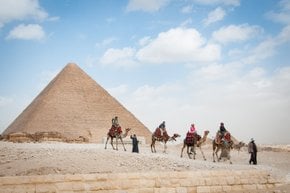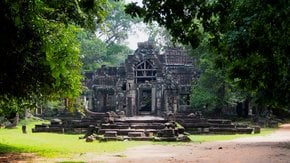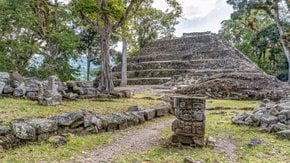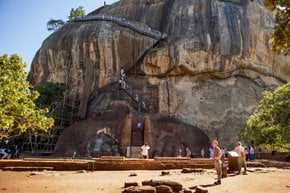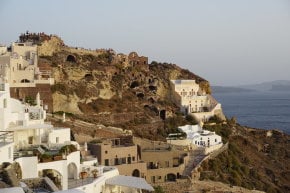Moray in Machu Picchu and Cusco 2024-2025
These terraced circular depressions leave scientists puzzled
Best time: November–March (all year round)
Moray is an archaeological site in Peru, 50 km (31 mi) northwest of Cusco. The site is located on a high plateau that is 3,500 m (11,500 ft) and consists of unusual circular terraced ruins. The largest of them is about 30 m (98 ft) deep and 220 m (722 feet) wide. Interestingly, their depth, design and position to wind and sun create a temperature difference of 15 °C (27 °F) between different levels.
Archaeologists and historians are still unsure about the purpose of these depressions. One idea is that the terraces may have been part of some agricultural experiment as they also include an irrigation system. The difference in temperature helped in creating micro-climates that could be used as test beds to find out what crops could grow where.
In 2010 heavy rainfalls caused permanent damage to the ruins of Moray. The terraces made from stone and compacted earth were damaged, and the eastern side of the principal circle collapsed. Even though November through March is the rainy season, it is also the best time to find the site at its greenest.











